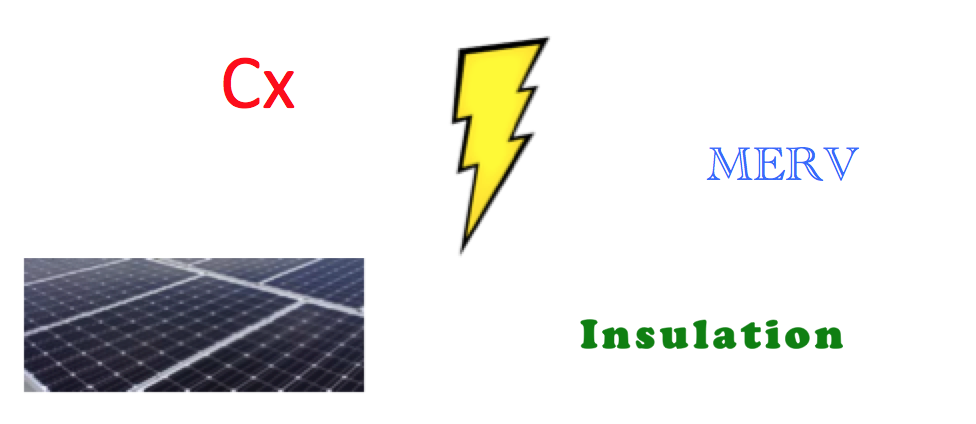The 2019 Title 24 Part 6 Energy Standards took effect Jan. 1, 2020, so the energy enthusiasts over here at In Balance Green Consulting compiled a few of our favorite things in the new code.
Jennifer (AIA, Certified Energy Analyst): Compliance Path for All-Electric Construction
My favorite part of the new energy code is the clear and viable pathway for all-electric residential construction. Why? The prior energy codes had a built-in bias towards natural gas. At the time, it was ‘cleaner’ to burn natural gas at the home for heating and appliances compared to the alternative, using electricity. Yes, electric heating is 2 to 3 times less efficient than current heat pump technology, but the electricity itself used to be generated in part from burning coal and gas in remote power plants resulting in large amounts of pollution. Now, coal power plants have been eliminated from California’s electric energy grid, and renewable energy systems, such as solar and wind, are a bigger part of the energy mix. In addition, all new homes will have rooftop solar. The bias towards natural gas use in California is no longer necessary and has been removed from the energy code -- energy efficiency has gone up and pollution has gone down, making an all-electric home with heat pump technology a viable pathway to code compliance.
Grant (Certified Energy Analyst): Renewable Energy
I’m a proponent of renewable energy generation, so the code addition of installing photo-voltaic (PV) systems for new residential buildings as a prescriptive requirement is one of my favorite aspects of the 2019 Energy Code update. The system size is based on conditioned floor area and number of dwelling units per building and was created to meet or exceed the home's annual electrical usage. As one of the most cost-effective investments you can make as a homeowner, this prescriptive requirement is a big step for distributed generation in California.
Mike (Lic. Contractor/Passive House Consultant): Exterior Insulation
One of my favorite aspects of the new 2019 Energy Code is the requirement that most new projects be built with exterior insulation. Exterior insulation - sometimes called outboard insulation - helps ensure comfort and efficiency in our buildings by reducing thermal bridging, air leakage, and noise infiltration. It is a crucial tool in reducing a building’s heating and cooling loads, leading to smaller mechanical equipment, lower operating costs, and lower emissions. Exterior insulation helps maintain ambient indoor temperatures during California’s 30-40 degree diurnal swings, can often be implemented for less than 1% of a total construction project, and thereby generates a high fiscal return on investment in addition to the greater comfort control - a high mental return on investment.
Michelle (LEED AP, Biophilic Design Specialist): Increased Air Filtration
In addition to all the great energy efficiency requirements, the 2019 code also represents a significant jump in indoor air quality measures. On the Central Coast where we’ve had devastating wildfires annually, on average, for about a decade, the jump from MERV 6 to MERV 13 filters will help us target PM 2.5 particles - some of the most damaging for human health. The new requirement applies to all residential and multi-family construction, regardless of building height. And while there will be a bit of an adjustment period, manufacturers are already accommodating the changes.
Andy (AIA, LEED AP): Clarity in Commissioning
I agree with all of the above, but for me, one of the best changes is the clarity coming out of the CEC about commissioning and design review. For example, there used to be five separate forms to get through design review, owner project requirements, basis of design, and so on. Last code cycled they introduced the commissioning ‘everything’ form as an option and this cycle they dropped the five forms altogether and only offer the single NRCC-CXR-E. It’s a smart .pdf form that only shows you what you need to fill in based on size and project type, and the handy-dandy compliance summary is easy for the plan checker.
Do you have a favorite part of the code? Let us know!

